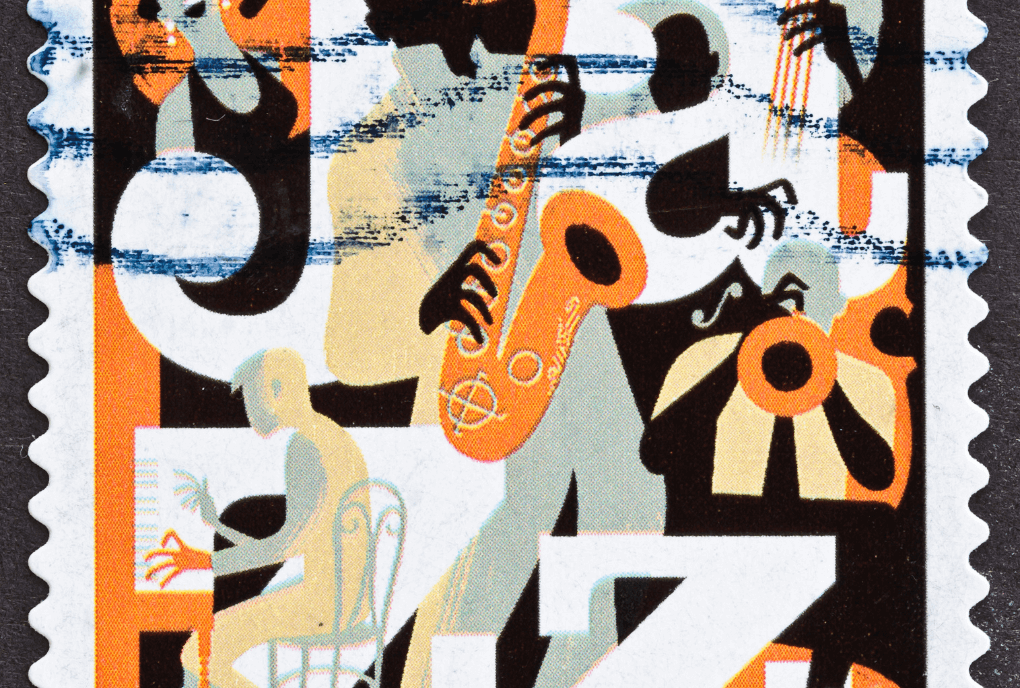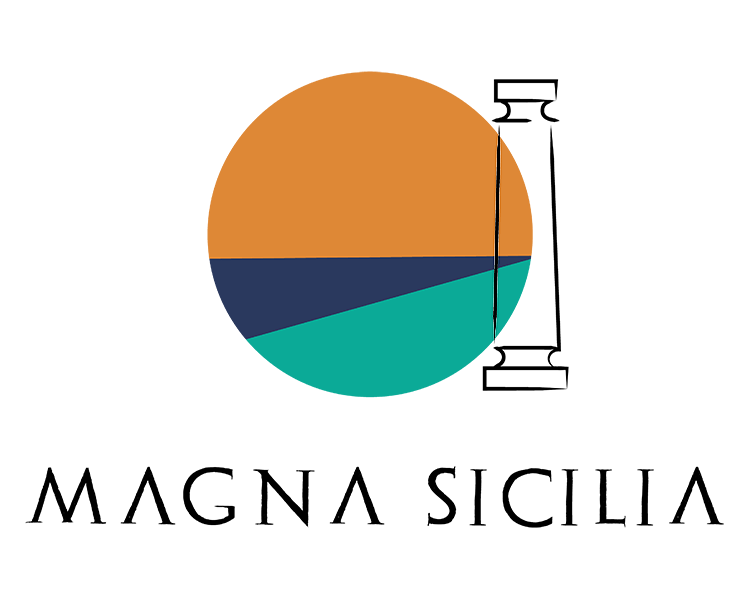
Sicily in Jazz: orchestra of suggestions
A succession of concerts, European-exclusive productions, unreleased projects, master classes, interpreted by fingers, breath and voice of international and national jazz musicians. Masters and young debutant talents. In Palermo, from June 28 to July 5, for twelve days people could experience the Sicily Jazz Festival. A multi-handed composition written by Regional Department of Tourism, Sports and Entertainment, City of Palermo, The Brass Group Foundation and by conservatories in the regional territory. He accompanies the Original Jazz Orchestra. Luca Luzzu directs. Scenography the heart of Palermo, a vast stage that embraced the monumental complex of Santa Maria dello Spasimo, Steri, the Real Teatro di Santa Cecilia, enveloped streets and alleys to the sound of Marching Jazz Street Band, all the way to the Teatro di Verdura.
Here, where it all began.
In Sicily, jazz is an old story
The year was 1909 and in a black and white New Orleans of three hundred thousand Sicilians, Nick La Rocca, the son of a cobbler from Salaparuta, founded the Original Dixieland Jazz Band, the world’s first jazz orchestra, and then recorded Livery Stable Blues, the first jazz record in history.
It begins in this New Orleans Afro-Sicilian jazz’s connection to Sicily, because “at the time blacks and Sicilians were always together.” It continues with the pioneering and courageous project of Ignazio Garsia, a great pianist from Palermo, a jazzman even before he was a man.
In a basement on Palermo’s Via Duca della Verdura he founded fifty years ago the The Brass Band, the first plant of today’s Original Jazz Orchestra, now Foundation. A master of the finest Sicilian jazz musicians, he has stubbornly strived for a stable but free orchestra, as free as jazz. It is hard to think of the Festival today without his contribution.
Cross-cultural music for a Palermo melting pot of cultures
Jazz is ‘the most mestizo and hybrid music there is,’ in Bollani’s words.
Jazz is free, intense, impure, instinctive, improvises, has lived on the streets accompanying neighborhood life. Thus, among the alleys of the city, where time goes by at a slow pace, in improvised living rooms close to the dwellings, the chattering and hubbub of trump players and comarians intent on embroidery recalls the phrasing of an impromptu jam session. The barks in the markets of Vucciria and Ballaròresonate viscerally like poignant trumpet solos, while the dense fog of the stigghiolaevoke swirls of smoke from a jazz club.
Jazz is an open door, an outstretched arm, it thrives on encounters, dialogue, contamination. In the 110 concerts over the 12 days of the Sicily Jazz Festival recently passed the most contaminated musical genre there is has been the soundtrack to a Palermo that owes much of its charm to contamination. Here ancestral rituals and customs are intertwined with monumental refinement, pungent and spicy scents mingle with the sweetness of mulberries, scrawled facades of populous corners coexist with refined Byzantine mosaics.
Jazz and Palermo – a game between the parts
Since 2011, jazz has been Unesco Intangible Heritageas ‘a tool for the development and growth of intercultural dialogue aimed at tolerance and mutual understanding.’ In 2019 Palermo was admitted to Eccar, Unesco’s European network of anti-racism cities. But Palermo and jazz are much more than inclusion. Jazz calls it interplay, which is beyond playing together. It is listening and interacting instantly, in performance. One overflows from the score, one picks up hints implicit in the sounds of others, and from the improvisation of the individual, even from error, depart digressions that make each performance different and unique. Each performer’s contribution is unrepeatable and essential to the performance, which will never be the same tomorrow. A game betweenthe parts where the music is the winner.
In this game of jazz, it is beautiful to see Palermo, the everydayness of its Arab, Phoenician, Norman, Spanish, and Jewish neighborhoods, steeped in the folklore written in their history, interact and converge in Piazza Villena, the Theater of the Sun, where each of their uniqueness goes on stage with an indispensable role in the city’s identity. A game between cultures where the winner is brotherhood.
In the extemporaneous nature of jazz emerges the historic heart of Palermo, in its loose, almost anarchic living, as unpredictable as a piece by Bill Evans.
On the bill at the Sicilia Jazz Festival
The second edition of the SJF debuted on June 28 with concerts by Dutch international star Trijntije Osterhuis and jazz orchestra Concertgebouw at Palazzo Chiaromonte Steri and by Paolo Fresu at the Teatro di Verdura. It ended on a high note on July 5 with the musical phenomenon of the new millennium, the Snarky Puppy, winners of several Grammy Awards.
Other names on the bill: Raphael Gualazzi, Sarah Jane Morris, Max Gazzé, New York Voices, Fay Claassen, Tom Seals, Ivan Lins & Jane Monhait, Simona Molinari, Grammy Award winner Christian McBride, not to mention the intense voice of Dianne Reeves.
What makes the Sicilia Jazz Festival special is the space reserved for newcomers, students of the
State Conservatories and performances by Sicilian jazz musicians, including Gianni Gebbia, Rita Collura, Alessandra Bertolino, Francesco Nicolosi, the Cordepazze, the Jazz Out Project Trio and many others.
Why is there talk of jazz in Magna Sicilia?
We of Magna Siciliabelieve deeply in tourism that proceeds slowly, he observes, to ‘smell the smells of things and capture their souls,’ knowing that the beauty of a place lingers in the eyes for days, its essence for life. Thus, by serendipity, we came across the suggestions of jazz, to read a score that overflows the beauty of Palermo’s material heritage, to give you back a bit of the intangible asset that is the‘soul of the city.
If you haven’t been to Sicily yet, if you’ve already been there but found there was so much more, if you love jazz, if you don’t love it but you’re in Sicily and almost pop in, Palermo is already on the organizing
of the 2023 edition.
by Stefania Capassi





